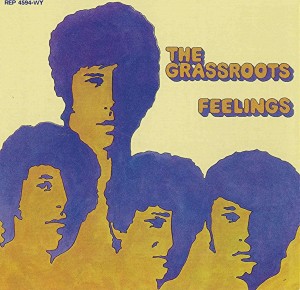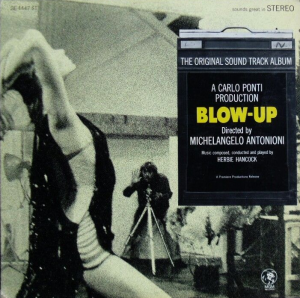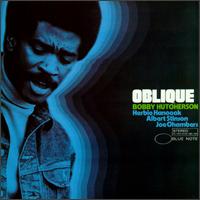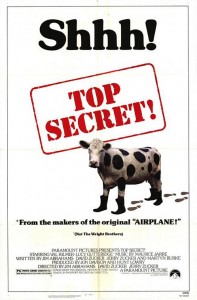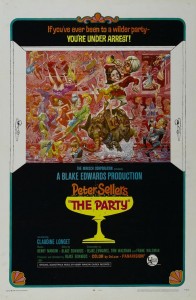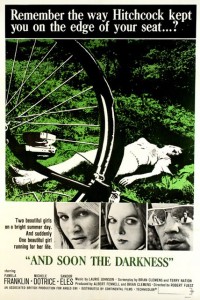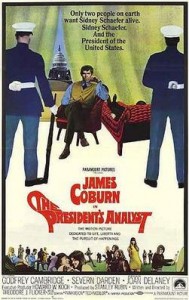
Posted by Stanislav (Planet Earth)
The most recent Werner Herzog movie “The Wide Blue Yonder” is delicious brain candy. It’s about an intergalactic trip from the Milky Way to Andromenda. What’s fascinating about it is the way that Herzog pulls it off by using nothing but documentary reels linked together with several sequences narrated by one single actor (the wild-eyed Andromedian Brad Dourif reminds me of Kinski). Of course, the farthest humans ever reached with their bodies was the Moon, a ‘mere’ 2.9 million light years short of Andromeda and there is no documentary footage of extragalactic landscapes. Everything in this movie was shot either on Earth or in its immediate orbit. Herzog uses his cameraman’s footage of a polar underwater expedition as landscapes of a planet in the distant (although closest to us) Andromeda galaxy. The Earth spaceship on its way to Andromeda is nothing but a spaceshuttle and mathematicians are actual NASA employees. This film works on at least three levels for me:
Enviromental: The fact that we have places on Earth that look and sound so outlandish that they seem like they’re millions of light years away shows just how much we know about our own planet. The underwater scenes accompanied by voices of Sardinian singers do not look convincingly extraterrestrial, but that was not the point anyway. They are amazing and shocking. Most viewers of this movie have probably never seen anything like this before unless they are polar divers and live on Sardinia. In his highly sardonic way, Herzog serves up The Wide Blue Yonder as a requiem for our dying planet. The solution for our planet, which somehow gets squeezed out by linking oceanic footage with NASA footage, is that humankind needs to leave the Earth and move to some other planet. On the other hand, Herzog clearly does not believe that intergalactic travel will ever be possible, although he’s attempting to convince us, even mathematically, that it is. Which brings me to the next level of this movie…
Mathematical: I can only think of several popular science shows where mathematics and mathematicians are represented the way they truly are. In fictional movies, mathematicians are mad scientists, deeply disturbed, egotistical people without any sense for community. Just watch Straw Dogs, Pi, Good Will Hunting, A Beautiful Mind or most recently, Proof. Not only do these movies fail to show the way mathematicians’ thinking processes work, but you can’t even learn any mathematics from watching them because there are no mathematics in them. But Herzog has finally found a way to put mathematics in a fictional movie. Three mathematicians “act” as themselves, with one of them giving a mini-lecture on a blackboard on how people utilize planetary pulls to accelerate vehicles inside the solar system. The lecture is fun and contains completely accurate mathematics. While the mathematician talks, the other one is listening. This really is one of the ways mathematicians communicate their results within their community. The third mathematician speculates on how the existing theory could be extended to interstellar trips farther away. The concept of completion and generalization is possibly what defines mathematics as a distinct science, and we see it here for the first time ever in a fictional movie!
Economical: An idea that you can make a movie recycling footage from previously shot reels is not new. B movies utilized this technique many times and even mainstream cinema has done it (Trail of the Pink Panther), but the results (and reasons) for “patching” are usually questionable. In Herzog’s case – the recycling is the starting point that gives birth to everything else in this movie. It’s the whole point, and you especially see this in the context of its enviromental aspects.
http://www.wildblueyonder.wernerherzog.com/

